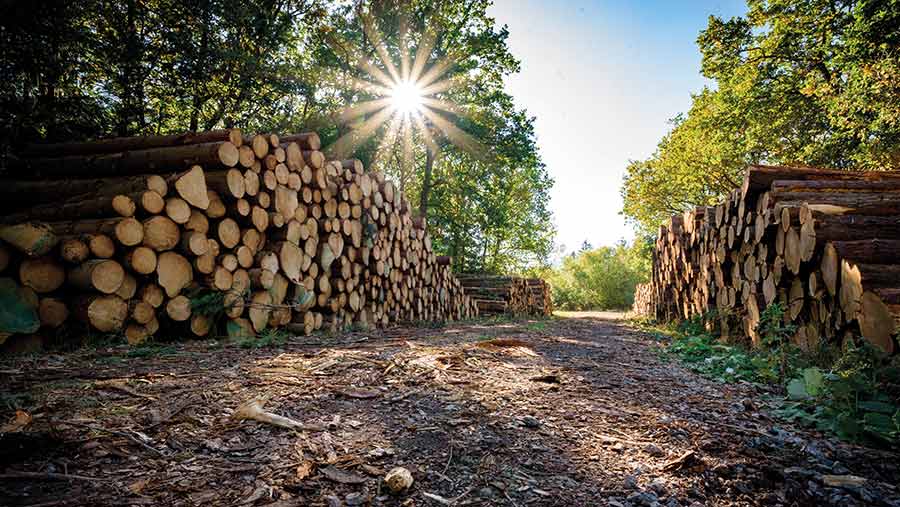Editor’s view: Farming success linked to output diversity
 © Jon/Adobe Stock
© Jon/Adobe Stock How much freedom should landowners have to decide what happens on their land? Or, to put it another way, how much land should be ringfenced for farming?
This is the question at the epicentre of several different arguments happening in agriculture, whose proponents make for some interesting bedfellows.
Those in favour of tight controls on whether land should be taken out of food production include Nimby types who don’t want to see the pasture behind their house turned into more housing.
See also: Editor’s view: Dairy decisions loom as price cuts arrive
They may also include environmentalists who don’t want to see habitat destroyed to make way for yet more concrete and tarmac.
Yet there will be some food security-focused farmers in the ranks too, especially those alarmed at the rapid rate agricultural land is being turned over to other uses, such as woodland, in some parts of the country.
Those in favour of no tightening of the rules will be owner-occupier farmers who want to sell up and would like as many potential buyers as possible to drive the price up – be they developers, foresters or other farmers.
Some environmentalists and net-zero advocates, more concerned about energy security than food security, want rules slackened further to permit solar panels and wind farms on the best land.
And some farmers remaining in business are also relaxed about farmland decline – it could be said that every hectare that is taken out of food production is a hectare less competition.
This is not just an academic debate. Last year Scotland saw its busiest summer of land sales for a decade, with a notable rise of hill farms on the market.
These are the holdings that in some circumstances may have seen their last occupant as the land is snapped up by forestry buyers, after prices for tree-planting land peaked in the first half of last year.
It is the only part of the UK that is close to being on track to meet its tree-planting requirements, and while planting land values came down from their historic highs later in the year, it seems highly likely that changes will continue to be felt most profoundly here.
Trying to plot a way through all the competing needs for this most finite of resources is what Scotland attempted last year in its Third Land Use Strategy, and what Defra will reportedly attempt this year in its Land Use Framework.
It will likely spark an almighty struggle and be flung atop the already tottering heap of targets, but it feels like the only thing worse than doing this is not trying at all.
Perhaps one solution for farming to future-proof itself against all of these potentially competing needs is to deliver as many of them as possible itself.
Members of Base-UK, the club for renewable farming superfans, celebrated the tenth anniversary of the organisation this week and sought to plot a path to do just that.
As keynote speaker Frederic Thomas said, agriculture can and should deliver much more than just food, including fibre, energy and environmental benefits.
So by pitting agriculture against the world, perhaps we are framing the debate in too negative a way.
Instead of fighting a rearguard action to protect the status quo, it may be time to ask again how much we would have to adapt to hold on to what’s most important – a future for family businesses and thriving rural communities.

